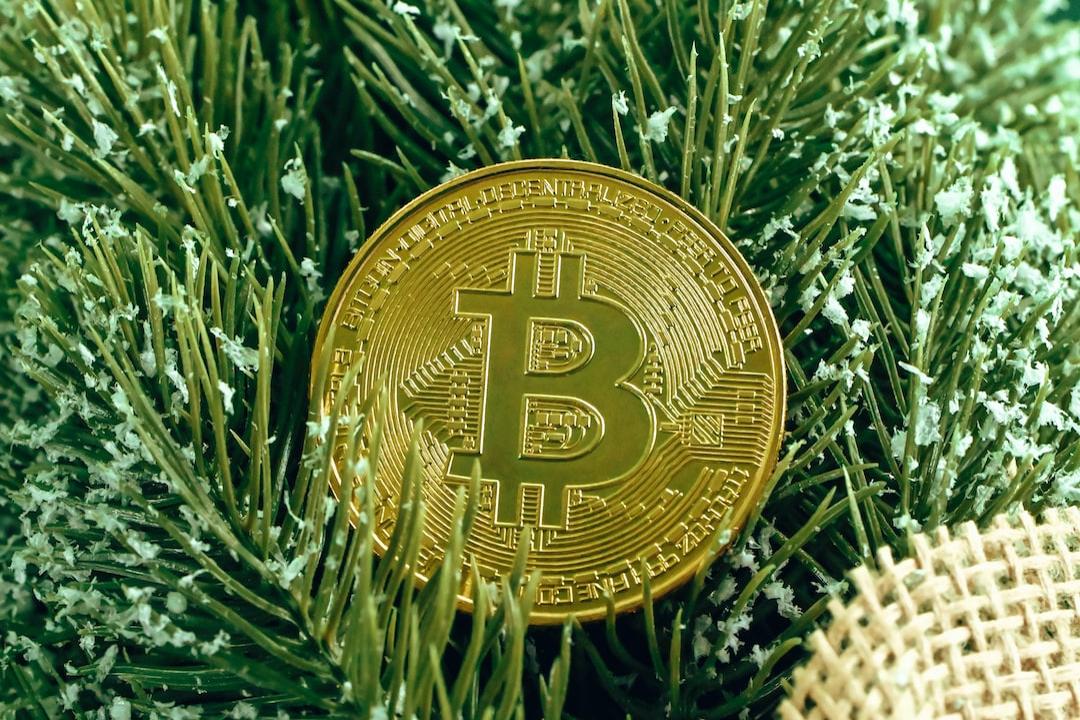What Happened?
U.S. President Donald Trump announced the imposition of “reciprocal tariffs” on imported goods from various countries. Media outlets have pointed out that this policy may undermine international confidence in the U.S. dollar system, potentially affecting the dollar’s hegemonic status.
Bryan Pellegrino, CEO of cross-chain protocol LayerZero Labs, stated that in order to maintain the dollar’s hegemonic status in the long term, stablecoins linked to the dollar are also a crucial component.
Stablecoins, which are pegged to the dollar, offer price stability and have transaction fees significantly lower than traditional cross-border financial services, making them popular financial tools among users in emerging countries.
Can Stablecoins Maintain the “Dollar Hegemony”?
Last week, U.S. President Donald Trump announced “reciprocal tariffs” on imported goods from various countries, with a tariff rate of 32% on Taiwan. The Executive Yuan also issued a statement deeming this rate “unreasonable.” Media reports pointed out that the U.S., which once actively advocated for free trade, has now introduced this policy, inevitably leading other countries to feel that the existing rules are being overturned and that the multilateral trading system is being challenged, thereby shaking international confidence in the dollar system and potentially affecting the dollar’s hegemonic status.
In fact, if the U.S. government wants to maintain the dollar’s hegemonic status in the long term, in addition to military and diplomatic strategies, stablecoins linked to the dollar are also a key component.
In a recent interview with Cointelegraph, Bryan Pellegrino, CEO and founder of LayerZero Labs, mentioned that dollar stablecoins act like a “digital Trojan horse,” subtly infiltrating the financial systems of economically unstable countries, leading their citizens to abandon their local currencies in favor of the dollar, further solidifying the dollar’s global dominance. This is especially true in high-inflation countries like Argentina and Venezuela, where dollar stablecoins show extremely high usage rates and trust levels.
Additionally, U.S. Treasury Secretary Scott Bessent noted during last month’s White House Crypto Summit that stablecoins would be one of the key strategies driving dollar hegemony in 2025.
Pellegrino pointed out that Tether, the world’s largest stablecoin issuer, has become one of the largest buyers of U.S. government bonds, ranking seventh in terms of U.S. Treasury holdings. The increase in Tether’s U.S. Treasury holdings also indicates that the issuance of stablecoins requires substantial dollar support, thereby closely linking the stablecoin market with the U.S. Treasury market.
Low Transaction Fees and Instant Settlements as Lifelines for Emerging Countries
According to Chainalysis’ 2023 report, over 50% of digital asset transactions in Latin American countries such as Argentina, Brazil, Colombia, Mexico, and Venezuela are conducted through stablecoins. Due to high inflation and capital controls in these regions, many residents have turned to dollar stablecoins as a hedge and cross-border remittance tool.
The core reason for choosing stablecoins lies in their peg to the dollar, providing price stability and lower transaction fees compared to traditional cross-border financial services. Furthermore, stablecoins operate as cryptocurrencies on a blockchain, enabling fast transaction speeds and near-instant settlements. These conditions have increased developing countries’ reliance on dollar assets while simultaneously reinforcing the dollar’s position in the international monetary system.
Regarding the current U.S. regulatory environment, stablecoins that maintain a one-to-one peg with the dollar and use low-risk assets as reserves are no longer classified as securities, thus exempting them from securities registration requirements. This is beneficial for stablecoin issuers as it allows them to more compliantly enter mainstream financial systems and accelerate global adoption.
Moreover, some large banks and financial institutions have begun to establish digital asset departments to promote the development of “tokenized deposits.” These tokenized financial products convert traditional assets into digital assets on the blockchain, improving transaction efficiency and liquidity while effectively lowering operational costs. Additionally, the launch of stablecoin and tokenized deposit management systems by the Global Digital Payment Network (UDPN) allows for a more seamless integration of traditional banking infrastructure with crypto assets.
Source: Cointelegraph, Ainvest

